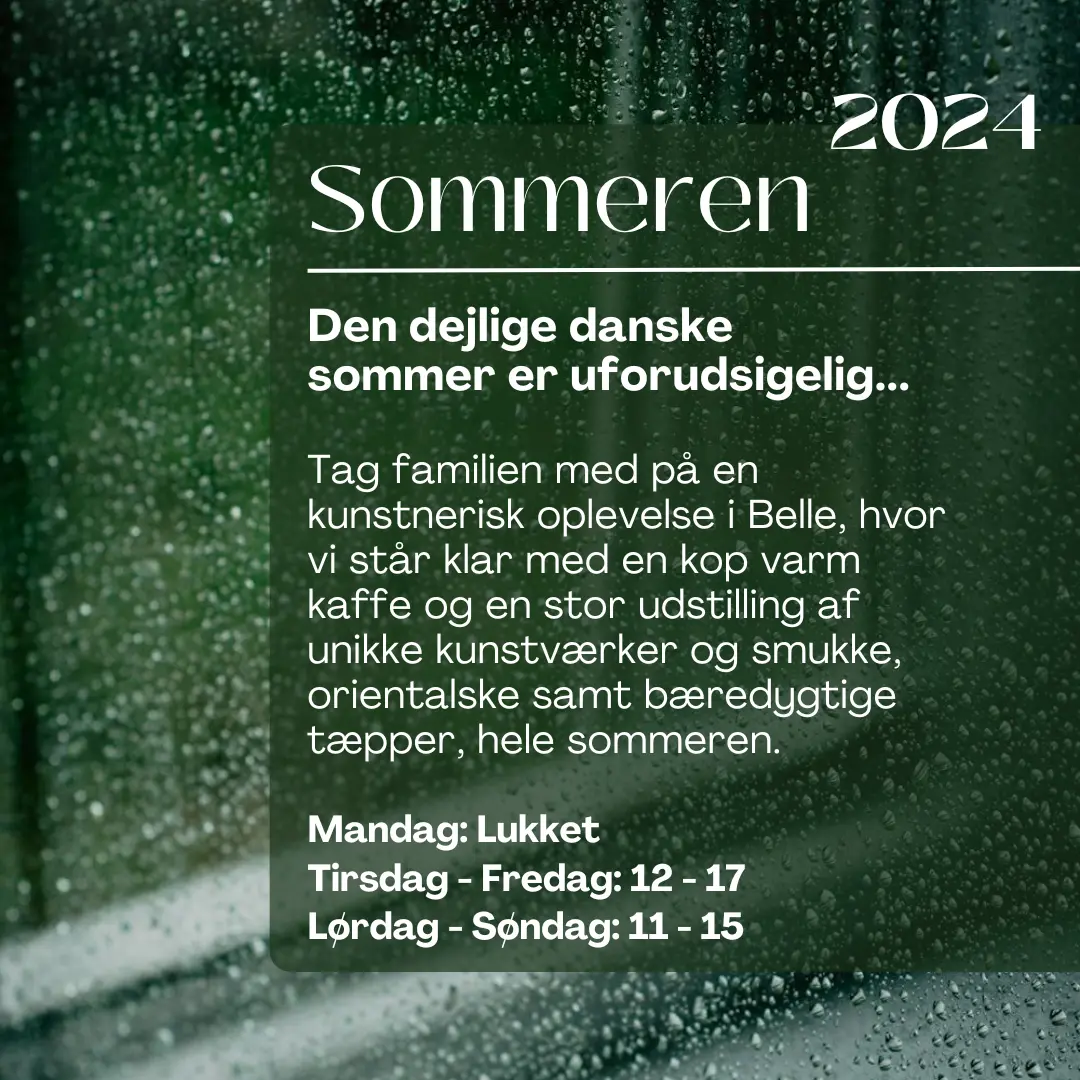Looking for our products?
Take a tour through our collection of beautiful and decorative carpets and rugs in our webshop
In need of help?In case you need guidance or have any questions about our products, services or anything else related to rugs and carpets, please give Martin Munkholm a call at +45 20 29 04 29 or send him an email at martin@belle.dk |
 |

